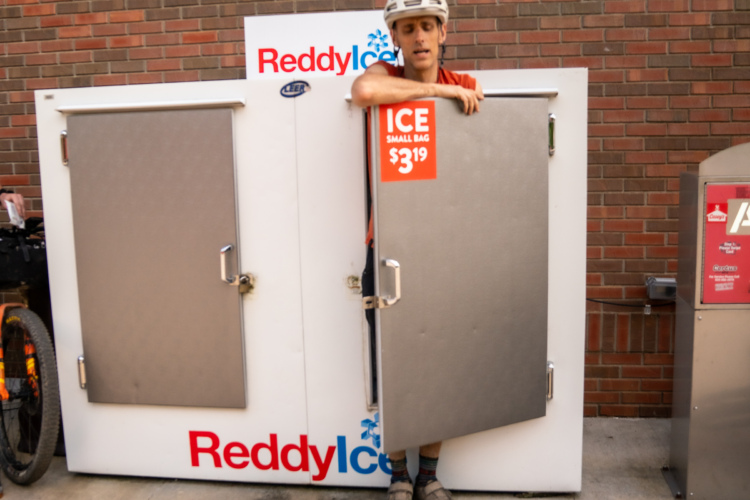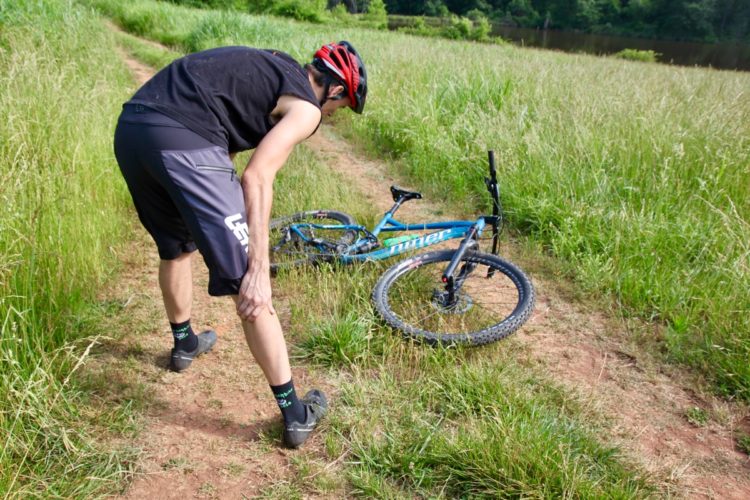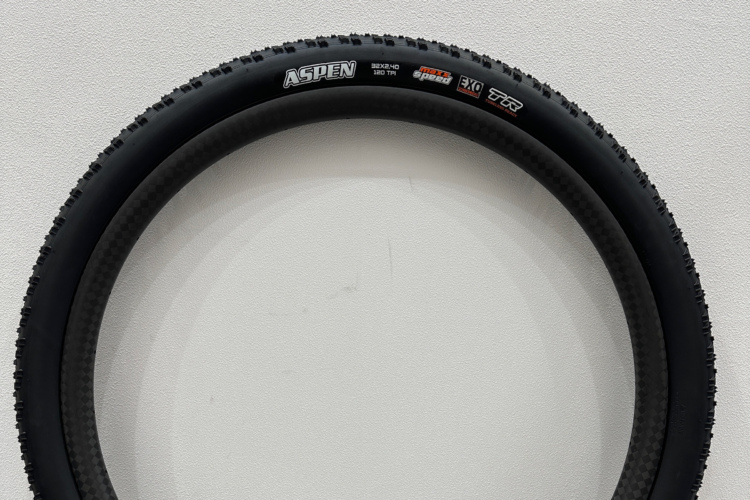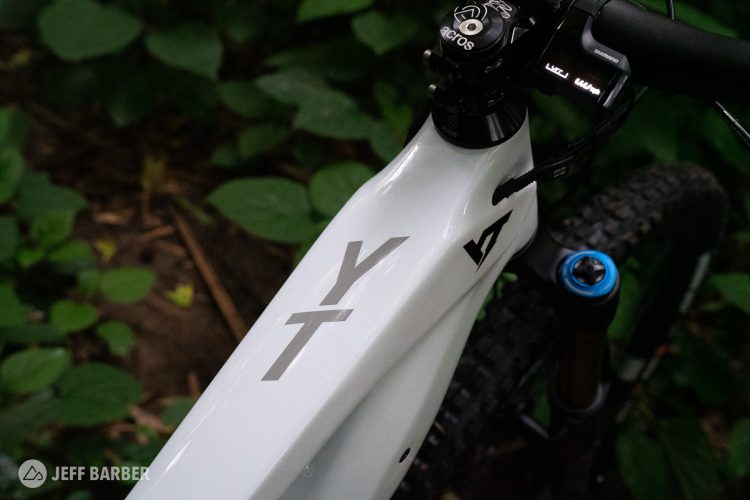
Last week, the temperature in Phoenix hit 108 degrees Fahrenheit. Yikes… summer has arrived. Fortunately, some of us are “used to it” and can harness the impending gradual increase in heat to acclimate. But, what if you’re not? How do you prepare for the physical stresses? And furthermore, are there benefits to mountain biking in the heat?
Training in the heat has its pros and cons. Improvements in physical cooling responses and VO2max are a few of the adaptations your body will assume after repeated exposure to a hot climate. But without careful monitoring, you may put yourself at an increased risk for heat illness. Can the benefits outweigh the risks? Yes they can, and we strive to provide you with some excellent background information and general tips to get the most out of your time on the bike!
Physiological Benefits to Riding in the Heat
Improves your sweat response (and that’s a good thing).
Every environmental stressor, whether it is heat, cold, or a change in elevation, will inevitably lead to physical adaptation. Spending time outside when it is hot will trigger your body to begin sweating much sooner. This is especially important during exercise because ~85% of heat is lost through evaporation of water from sweat.
Bonus: Riding also has the added benefit of wind, which adds to conductive heat loss as air moves across the skin.
Increases your plasma volume.
Take the above concept and go a bit further. One of the most important physical adaptations to hot weather is more blood volume. The longer and more often you’re exposed to a hot climate, the more often you will need to use the mechanisms responsible for keeping your core body temperature at a safe and functioning level. In the end, your body increases its ability to maintain hydration and overall volume of fluid for its inevitable loss via evaporation. Cool!

Improves your VO2max.
This value is an indicator of an individual’s aerobic capacity. It is typically scaled to someone’s weight, and the higher the number, the better someone’s cardiovascular fitness. How does heat improve your oxygen consumption? Higher blood plasma volume decreases competition between working muscles and skin (where most heat is lost) for blood distribution.
Also, the more exposure you have to a hot environment, the harder your body needs to work to maintain homeostasis (here, heat balance between you and your surroundings). According to an article on truPhys.com, Thermoregulation: Training in the Heat, “Mild heat stress stimulates mitochondrial biogenesis – meaning, the more mitochondria you have, the less reliance on carbohydrate at a given workload.”
Heat stress also stimulates an upregulation of heat shock proteins (HSPs), which in turn increase thermotolerance. This will allow you to exercise longer when it’s hot out. It simultaneously prompts new blood vessel formation (called angiogenesis), which improves the ability for a dispersed delivery of blood to both skeletal muscle and skin.
The risks of too much or too HOT!
The term hypothermia gets way more attention than its equally dangerous counterpart, hyperthermia. Overheating during a ride is scary, and in my opinion, harder to regulate. You can always layer up and increase your activity level to mitigate heat loss/generate heat in cold climates. (For more on this, check out my article on training in cold climates.)
Regardless of your fitness or experience, always be cautious. There is a narrow window of change (~2-3 degrees Celsius) before symptoms of hyperthermia and heat stress begin to appear. These include an increased heart rate, thirst, dizziness, cramps, cool and clammy skin, confusion, and the obvious one… feeling really freakin’ hot. These warning signs are there for a reason: you’re physically losing the ability to properly function. Neuromuscular impairment and cerebral hypoglycemia are serious consequences. Once core temperature reaches 104 degrees F (40 degrees C), it is considered heat stroke, which may be fatal.
[see_also id=”24033″][/see_also]
Some tips for success:
Give yourself time to acclimate properly.
This is especially important if you’re traveling to somewhere hotter than your current environment (i.e. Boston to Phoenix). It takes 10-14 days for your body to fully adjust to a new environment. You can take the edge off of the transition, especially if it’s extreme, by limiting your exercise duration and intensity until you feel good. Aim for 30-45 minutes of moderate-intensity, or 60-90 minutes of low-intensity exercise during the adaptation period. You can also find ways to mimic the new environment as you lead up to the transition, such as layering on clothing.
Ride when it’s coolest.
Mountain biking is always the cool thing to do (duh), but that being said, mid-afternoon may not be ideal if temps can reach triple digits. Try and organize your rides around the morning or evening.

Eat extra carbs.
Sweating costs the body ~580 kcal/L. That’s a lot. Now, think about the cost in an environment that pushes your thermoregulatory limits. You’ll reach your lactate threshold sooner and bonk quicker, as your body now has an additional priority: maintaining a effective (and survivable) core temperature. The mechanism used to perspire will cost energy, and in order to maintain pedaling power, you’ll use more carbohydrates. A simple solution is to use a sports drink with a 6-8% carbohydrate concentration.
Develop a hydration strategy.
This is especially important if you’re going to be out for a while, whether its several hours or several days. A CamelBak (or bottles) with only water will not be sufficient. Riding in the heat will cause a higher-than-normal sweat response, therefore, it is essential that sodium, potassium, and calcium be replaced as it’s lost. It can be in the form of an electrolyte tablet, drink mix, or edible supplement. In addition, ensure you are consuming something that additionally contains carbohydrates. A few simple suggestions to monitor your hydration:
- Weigh yourself before and after your workout. You shouldn’t lose more than 2% in body weight, and even losing 1% in fluid will affect performance.
- Track your fluid intake over the course of a day, as well as over the course of a ride. You should be consuming 2-3 cups of water per hour while pedaling.
- Check your urine color. The more yellow, the more water you need to consume.

Dress for success.
There’s a bit of controversy to this concept. One thing we can agree on is color — don’t wear black. It absorbs light (heat). Also, long sleeves can protect your skin from burning. But clothing can create a microclimate between your skin and the fabric, acting as a barrier and preventing evaporative heat loss. This is counterproductive during exercise, and especially in a hot climate.
Your Turn: What tips do you have for mountain biking in the heat?










5 Comments
Jul 13, 2020
So how do I survive the heat for so many years?
1) when I drive over the trailhead, I roll down the windows and turn off the A/C to acclimatize. Do not drive over with the A/C blasting and think that your body will quickly adapt.
2) Always chew gum. Always, always, always.
3) Drink a lot of fluids before and after.
4) Be careful drinking water during a ride so you don't get cramps
5) Ride in the shade if possibly (sun going down or before the sun comes up)
6) wear clothing that allows the air to cool your sweat
7) Do not ride with the sun beating down on you.
8) Ride year round so that you get acclimatized to changing conditions. Do not just drive from a cold weather place to a hot weather place and think you will be fine.
If you do all of that, being able to ride at 6:30 AM or PM in the heat will become your favorite time to ride. Anything is better than riding in 40 degree temperatures with a 20 mph wind wearing all kinds of cold weather gear and wishing you were home in your warm bed.
Jun 21, 2017
Jun 14, 2017
I don't really ride like that anymore, though. Recently I've been getting up super early and biking then instead. From 5:30 a.m to 7 a.m. the temps are now 70 to 80 degrees even when the highs are in the low 100s. I have a friend who is not a morning riser, and he rides at night with a light. In my book, once the heat is consistently above 105-110 in the Summer here (and the lows reach the 90s), it's better to drive to the mountains or wait for an abnormally "cool" 100 degree day than risk the dangers of high heat. Oh, and look out for rattlesnakes, they like to cool off when we like to ride.
Jun 14, 2017
Jun 15, 2017
There is evidence that black clothing is actually better. For a semi-scientific starting point:
http://io9.gizmodo.com/5903956/the-physics-that-explain-why-you-should-wear-black-this-summer